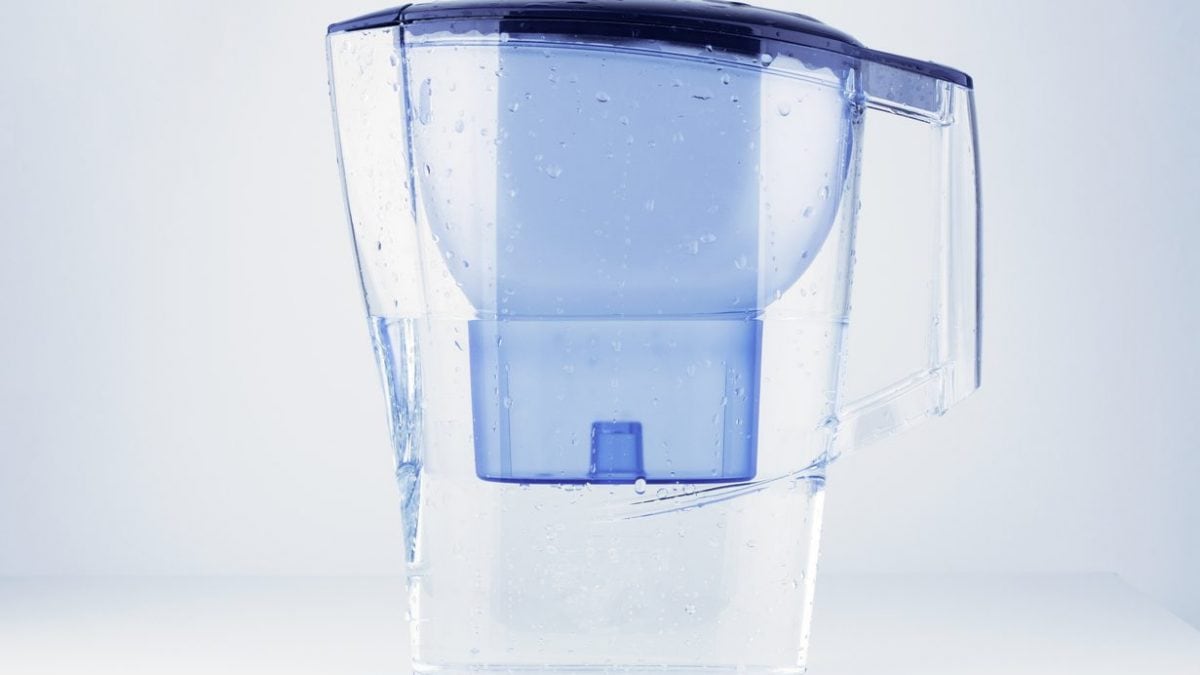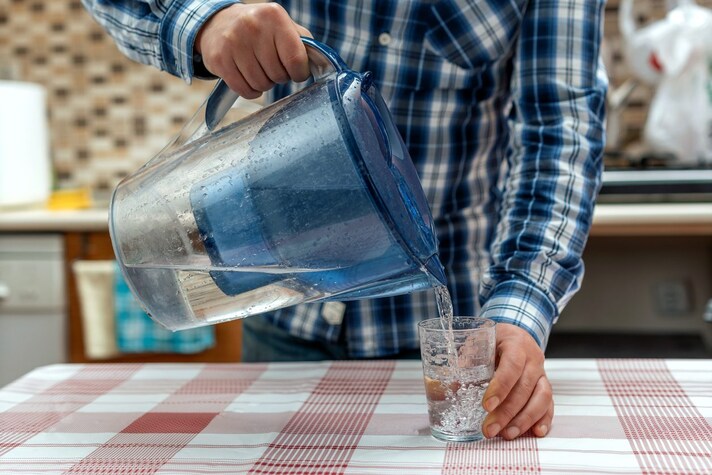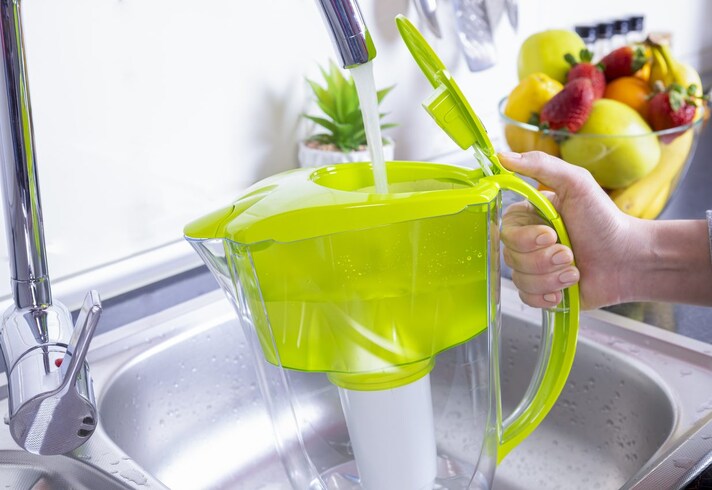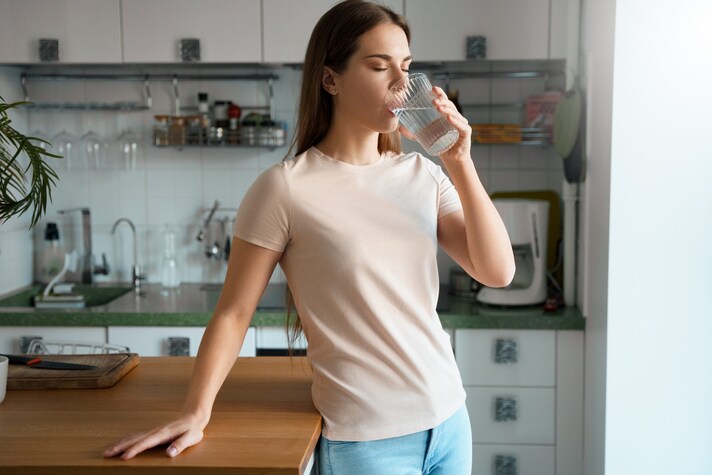
Water filter pitchers offer a convenient and cost-effective solution for improving the taste and quality of tap water. In this comprehensive guide, we'll explore everything you need to know about water filter pitchers, from their benefits and features to tips for choosing the right model for your needs.
How Do Water Filter Pitchers Work?

Water filter pitchers are simple yet effective devices designed to remove impurities from tap water. They typically consist of a pitcher or reservoir and a replaceable filter cartridge. As water passes through the filter, contaminants such as chlorine, lead, mercury, and sediment are trapped, leaving behind cleaner, better-tasting water.
The filtration process employed by water filter pitchers varies depending on the type of filter used. Common types of filtration media include activated carbon, ion exchange resins, and multi-stage filtration systems. These filters work by adsorption, ion exchange, and mechanical filtration to remove different types of contaminants from the water.
Types of Water Filter Pitchers

There are several types of water filter pitchers available on the market, each with its own advantages and limitations:
- Activated Carbon Filters: These filters use activated carbon to adsorb contaminants from the water, including chlorine, VOCs, and bad tastes and odors. They are effective at improving water taste and removing common contaminants but may have a shorter filter lifespan.
- Ion Exchange Filters: Ion exchange filters work by exchanging ions in the water for other ions contained within the filter media. They can remove heavy metals such as lead and mercury, as well as hardness minerals like calcium and magnesium. Ion exchange filters are often used in combination with activated carbon filters for comprehensive filtration.
- Multi-Stage Filtration Systems: These pitchers use a combination of filtration technologies, such as activated carbon, ion exchange, and mechanical filtration, to provide enhanced water purification. Multi-stage filtration systems can effectively remove a wide range of contaminants, providing cleaner and safer drinking water.
4 Features to Consider When Choosing a Water Filter Pitcher

When selecting a water filter pitcher, consider the following features to ensure you choose the right model for your needs:
- Filter Capacity: Look for a pitcher with a filter capacity that matches your household's water consumption. Larger pitchers with higher filter capacities will require less frequent filter changes.
- Pitcher Size: Choose a pitcher size that fits comfortably in your refrigerator and meets your daily water consumption needs.
- Filter Replacement Indicators: Opt for a pitcher with a filter replacement indicator to remind you when it's time to replace the filter cartridge. This feature helps ensure optimal filtration performance and water quality.
- Ergonomic Design: Consider the pitcher's design and features, such as easy-fill lids, comfortable handles, and pour-through lids for convenient refrigerator storage.
Lastly, look for additional features such as BPA-free materials, spill-proof spouts, and dishwasher-safe components for added convenience and peace of mind.
How to Prolong the Lifespan of a Water Filter Pitcher

To maximize the performance and lifespan of your water filter pitcher, follow these simple maintenance and care tips:
- Regular Filter Replacement: Replace the filter cartridge according to the manufacturer's recommendations to ensure optimal filtration performance. Most filters need to be replaced every 2-3 months, depending on usage and water quality.
- Cleaning Instructions: Clean the pitcher and filter components regularly according to the manufacturer's instructions to prevent contamination and maintain water quality.
- Storage Recommendations: Store your pitcher in a cool, dry place away from direct sunlight to prevent contamination. Avoid storing the pitcher with water in it for extended periods to maintain freshness.
In conclusion, a water filter pitcher is a smart investment in your health and the environment. However, if you encounter any issues with your water filter pitcher, such as slow filtration or clogged filters, refer to the manufacturer's troubleshooting guide or contact customer support for assistance.
;Resize,width=767;)
